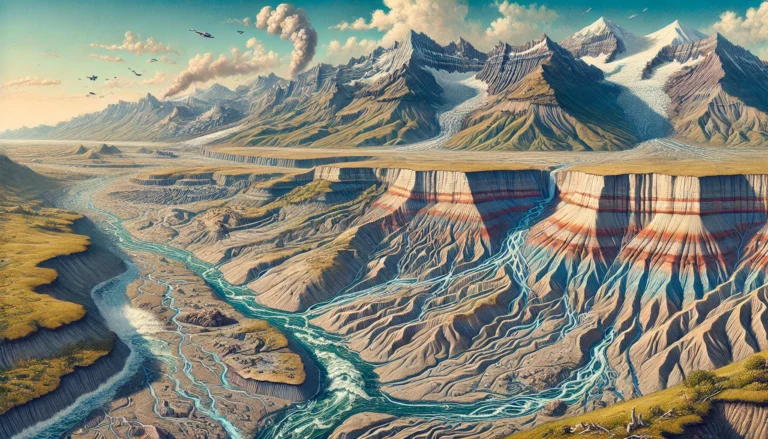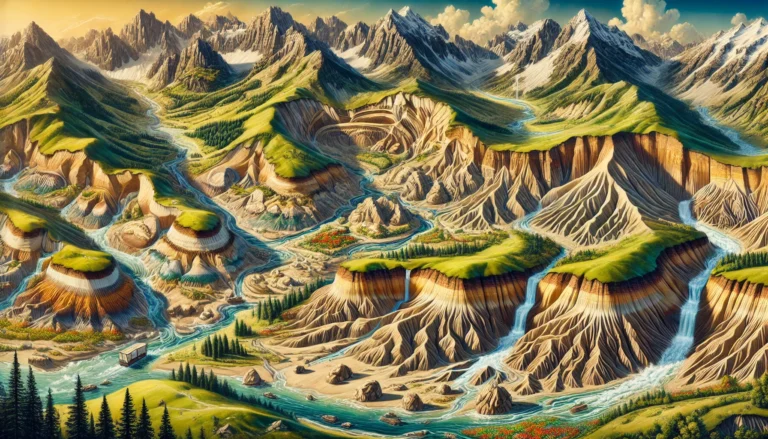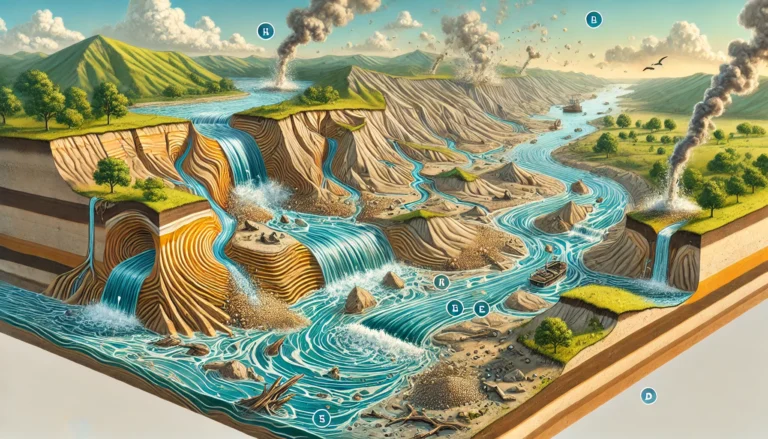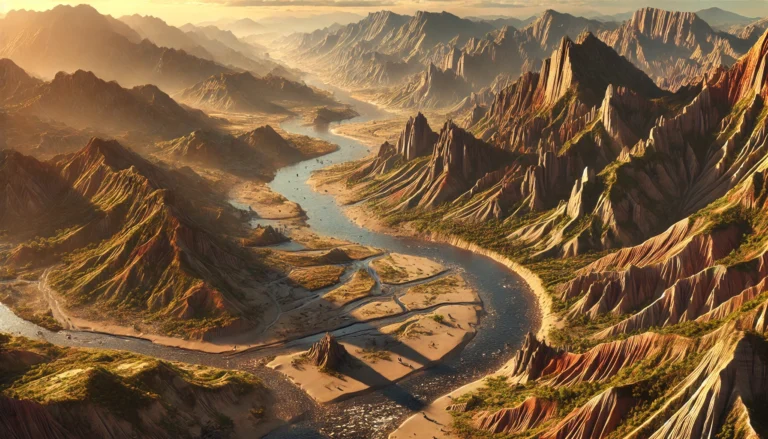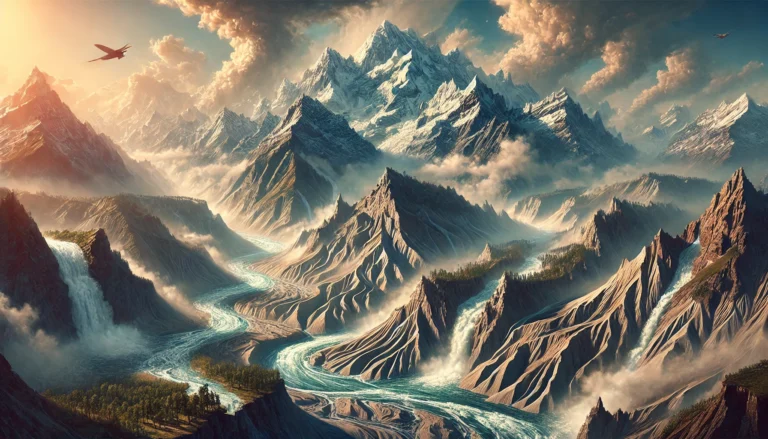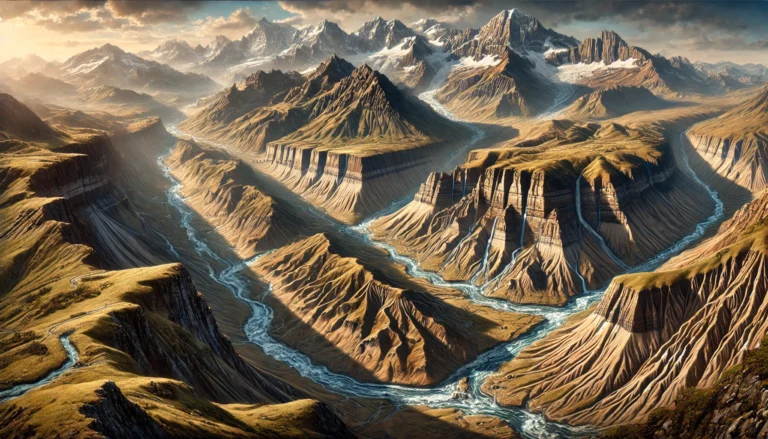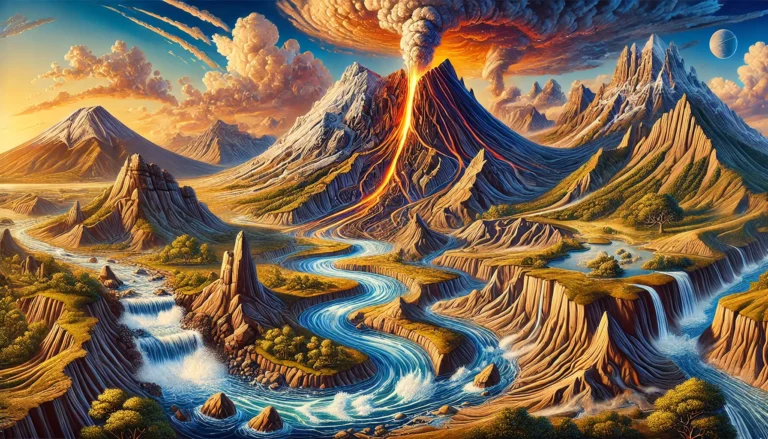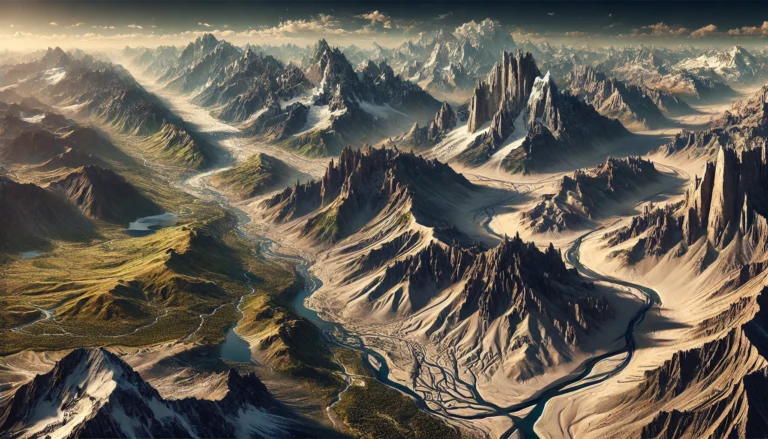Interruptions in the Cycle of Erosion
Imagine you are standing atop a vast plateau, looking at rivers carving their way through valleys, shaping the land ever so gradually. Now, visualize this transformation as a slow but continuous process, much like an artist chiselling a sculpture over centuries. This is the essence of the Davisian Cycle of Erosion, a concept that describes…

